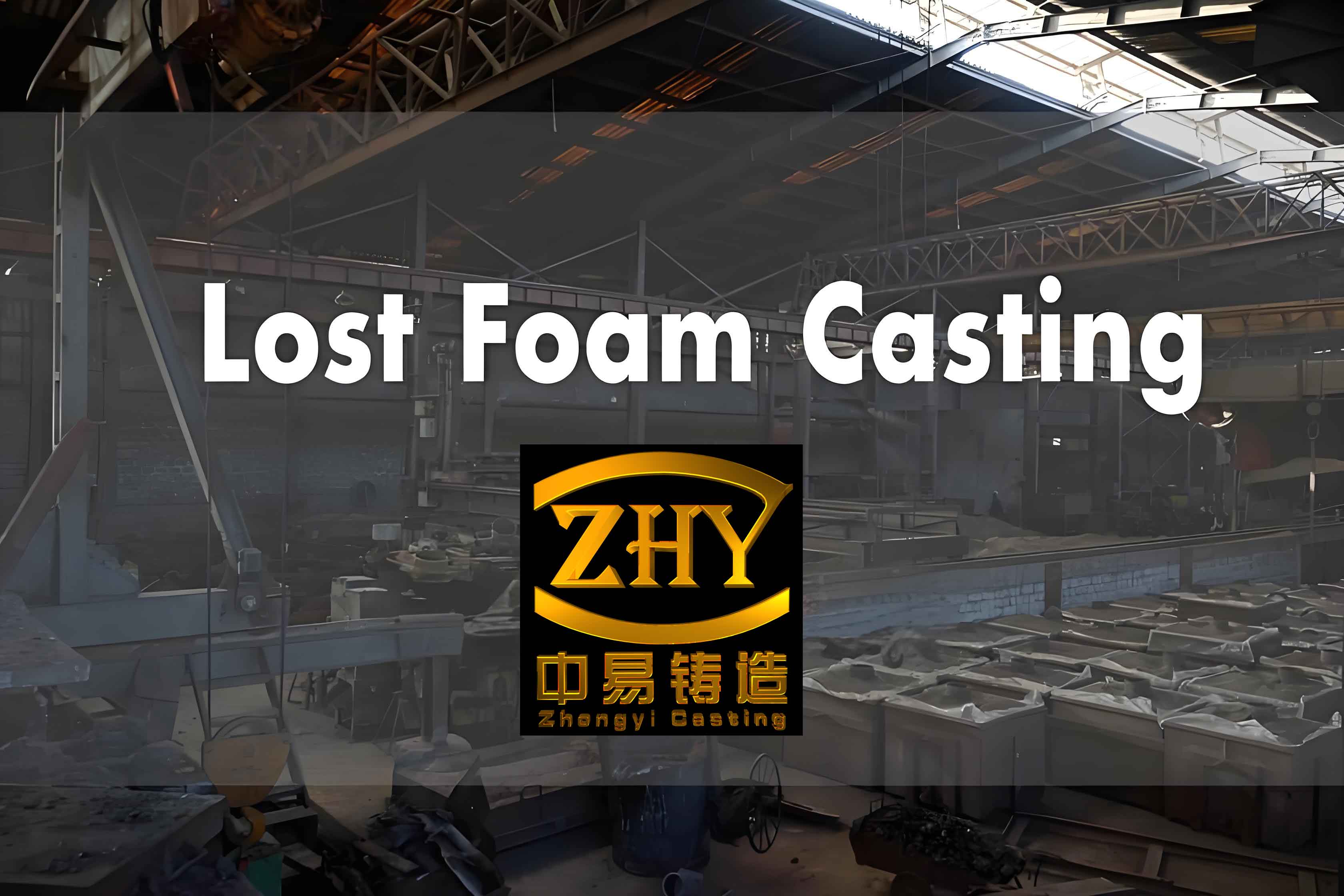
Lost foam casting (LFC) has revolutionized metal forming processes since its invention in 1956. For steel castings, this method offers exceptional dimensional accuracy and surface finish but presents unique challenges. This article systematically analyzes five critical defects encountered in steel lost foam casting and proposes scientifically validated solutions.
1. Carbon Pickup Defect
The pyrolysis of expanded polystyrene (EPS) foam in lost foam casting follows:
$$
C_nH_{2m} \xrightarrow{\Delta} nC + mH_2 \uparrow
$$
Key prevention strategies include:
| Factor | Optimal Parameter | Effect |
|---|---|---|
| EPS Density | 0.015-0.020 g/cm³ | Reduces carbon content by 38% |
| Pouring Temperature | 1550-1600°C | Accelerates foam degradation |
| Vacuum Level | -0.03 to -0.045 MPa | Enhances gas extraction |
2. Gas Porosity Formation
The gas pressure equilibrium during metal filling is expressed as:
$$
P_{gas} = P_{atm} + \rho gh – P_{vacuum}
$$
Critical control measures:
- Maintain coating permeability >40 cm³/(min·cm²)
- Implement cascade gating system design
- Control binder content <3% in foam patterns
3. Slag Inclusion Mechanisms
The velocity threshold for sand entrainment is calculated by:
$$
v_{critical} = \sqrt{\frac{4d_p(\rho_p – \rho_f)g}{3C_D\rho_f}}
$$
Where $d_p$ = sand particle diameter, $\rho_p$ = sand density, $\rho_f$ = metal density
| Prevention Method | Efficiency Improvement |
|---|---|
| Zircon-based coatings | Reduces inclusions by 62% |
| Reverse taper sprue design | Decreases turbulence by 41% |
| Vacuum delay technique | Improves slag separation by 55% |
4. Backsplash Phenomenon
The gas generation rate must satisfy:
$$
Q_{gas} \leq \frac{P_{vacuum} \cdot V_{mold}}{R \cdot T}
$$
Where $V_{mold}$ = mold volume, $T$ = process temperature
5. Negative Pressure Erosion
Erosion depth follows the relationship:
$$
\delta = k \cdot \Delta P^{1.5} \cdot t^{0.8}
$$
Where $k$ = material constant, $\Delta P$ = pressure differential, $t$ = exposure time
Process Optimization Framework
The comprehensive quality index for lost foam casting can be modeled as:
$$
Q = \prod_{i=1}^n \left(1 – \frac{D_i}{D_{i,max}}\right)^{w_i}
$$
Where $D_i$ = defect severity, $w_i$ = weighting factors
| Process Parameter | Control Range | Quality Impact |
|---|---|---|
| Pattern Density | 0.016±0.002 g/cm³ | 23% defect reduction |
| Coating Thickness | 1.2-1.8 mm | 31% surface improvement |
| Vacuum Duration | 4-6 minutes | 19% dimensional stability |
Through systematic implementation of these measures, lost foam casting demonstrates remarkable potential for steel components. Continuous monitoring of thermal decomposition kinetics and gas transport mechanisms remains crucial for advancing this technology.
